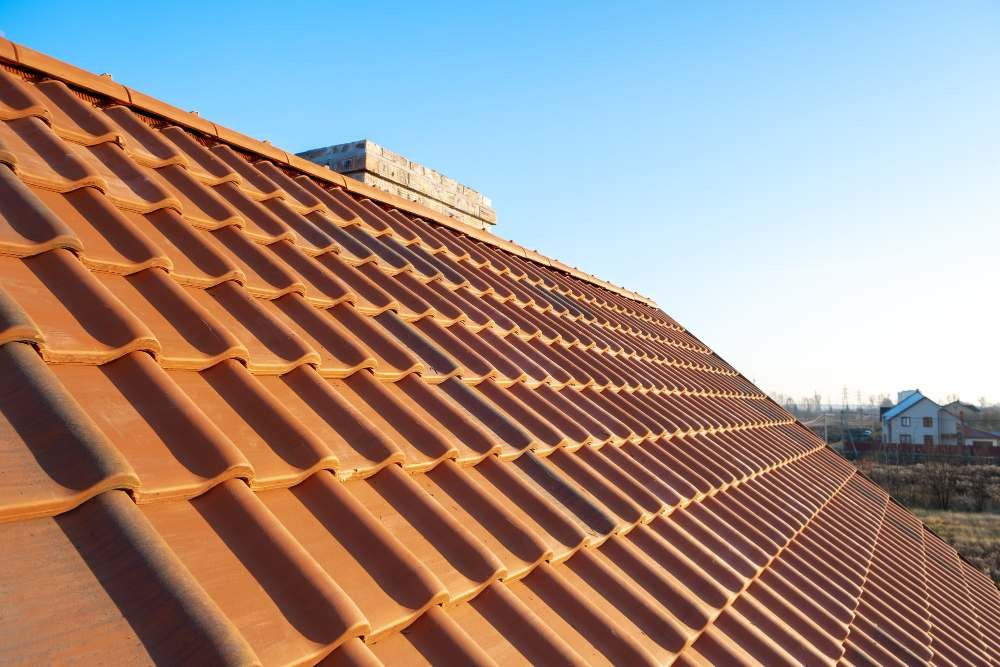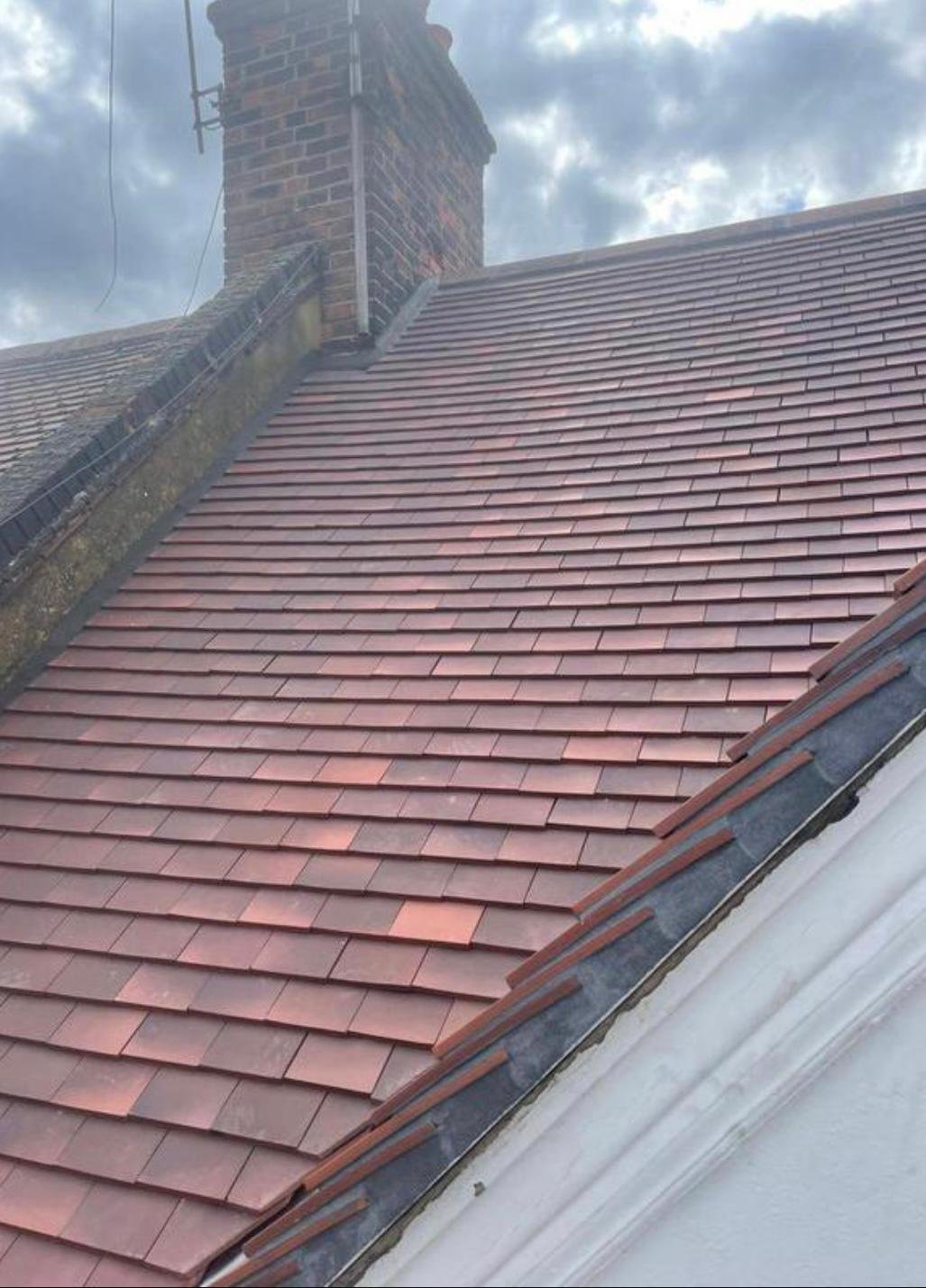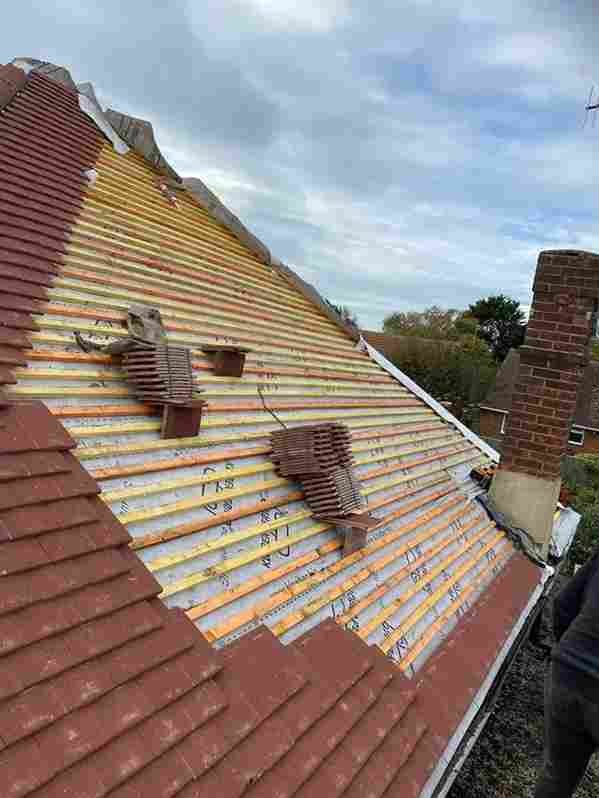On This Page Warm and cold roof designs are the insulation methods that are used for flat roofs. However, they both have their own benefits
Table of Contents

Warm and cold roof designs are the insulation methods that are used for flat roofs. However, they both have their own benefits and drawbacks, and they both involve different mechanisms and installation techniques. It is better to try and understand the difference between both of them before making a selection.
If you have the decision to make about them, you must be wondering which one will be suitable for your house, you might need to know a few things. In this blog, we have explained the difference between both insulations, which may help you make a decision.
Warm Roof Design
The warm roof design is more efficient and is usually preferred to the alternative. They are installed to preserve heat and make the building energy efficient. They can reduce the running cost of air conditioning by a considerable margin which is why they are a popular choice when it comes to the insulation of flat roofs.
However, it should be considered that warm roof designs are not suitable for all kinds of environments. If you live in a very warm environment, keeping the heat inside can overheat the air inside your house and make it hard to bear for the occupan
Designing and Working Of Warm Roof
In warm roof designs, the insulation layer is installed above the roof deck. This helps it in keeping rafters and roof substrate at an almost equal temperature and reduces heat losses significantly. A waterproof layer is then added that keeps it from any damage due to the environment.
Then, a vapour barrier is installed, which helps to keep the air from condensing in the roof. It can be installed using washers and fasteners. Make sure that the vapour barrier doesn’t have puncture holes in it before installation
Benefits or Warm Roof
- Warm roofs minimise heat losses which makes them thermally efficient.
- Warm roofs do not let moisture be trapped inside the building, which keeps the environment breathable and pleasant for the occupants.
- It offers a very straightforward method of installation.
- Being highly energy efficient, they reduce heating costs significantly.
Drawbacks of Warm Roof
- It is highly expensive to install. For a very large building, its installation cost can surpass the cost of energy it is going to save.
- It doesn’t work in every environment. If you make a wrong choice, it can overheat your house.
- Since the warm roof is installed above the existing roof, it increases the height of your roof significantly.
- It can only work if the roof is in a good condition.
- In colder areas, they can cause snow dams by melting the snow quickly.
Call Us To Get a Quick Response


Cold Roof Design
In the cold roof design, an insulating membrane is installed between the rafters, and then the roof is constructed above it. Moreover, they are more suitable for areas that receive heavy snowfalls during the winter because they don’t let the snow melt immediately and make ice dams at the edge of the roof.
Design and working of cold roofs:
Unlike warm roofs, Cold roofs do not require any additional space for the installation of the insulation membrane as they can be installed in already free space between the rafters. However, a 5cm gap between the membrane and the roofing structure must be kept to make sure that the air ventilates properly and does not condensate between the roof and insulation.
In colder areas, especially where heavy snowfall is regular in winter, cold roofs can be very helpful. As they keep the roof colder than the inside, the snow doesn’t melt rapidly and makes ice dams at the edge which can cause structural damage due to dead loads.
Benefits of Cold Roof:
- They are less expensive than a warm roof.
- In cold roofs, insulation doesn’t affect the existing height of the building.
- They are easy to install during construction.
- In the cold roof, you can use already available space between the rafters and do not need to provide additional space like warm roofs.
- They are highly suitable in areas with heavy snowfall.
Drawbacks of Cold Roof:
- They have very low thermal efficiency and tend to lose a lot of heat energy.
- If not properly ventilated, air can condense above the insulation and can cause water damage to the roofing structu
